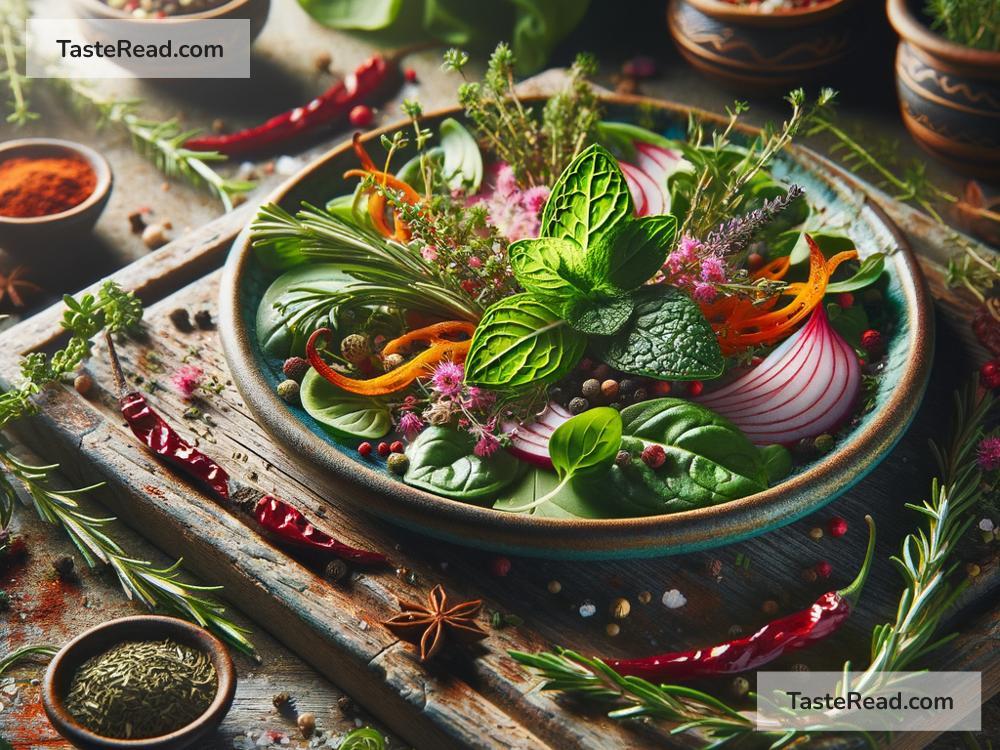Title: Adding a Dash of Nature: How to Incorporate Herbs and Spices in Food Photography for a Natural Look
Food photography isn’t just about capturing the dish in front of you; it’s about telling a story, evoking emotions, and stimulating appetites. One of the most effective ways to enrich the narrative and aesthetic of your food snapshots is by incorporating natural elements such as herbs and spices. These ingredients not only add a burst of color and texture but also suggest freshness and aromas, making your photos more appealing and relatable. Here’s how you can masterfully include herbs and spices in your food photography to achieve that coveted natural look.
- Understand Your Dish
Before you start, take a moment to understand the dish you’re about to photograph. What are its main ingredients? What season does it belong to? Answering these questions will help you select herbs and spices that complement the dish’s flavors and appearance. For instance, a sprinkle of fresh rosemary might be perfect for a roasted chicken, while a pinch of bright yellow turmeric could enhance the exotic appeal of a curry.
- Choose Fresh Over Dried
Whenever possible, opt for fresh herbs over their dried counterparts. Fresh herbs like basil, cilantro, parsley, dill, and mint bring a vibrant color and a hint of dewiness that can make your photos look more alive. They suggest a farm-to-table freshness that’s highly appealing. That said, don’t shy away from using dried spices as well; a cascade of cinnamon sticks, star anise, or a pile of vibrant paprika can add a wonderful texture and depth to your shots.
- Create a Story
Use herbs and spices not just as garnishes but as integral elements that contribute to the story of your dish. For instance, if you’re photographing a hearty pasta, scatter some flour, lay down a few sprigs of basil, and place a whole garlic or chili pepper nearby. This not only suggests the process of making the dish but also adds layers of interest and narrative to your photo.
- Play With Colors and Textures
Herbs and spices are excellent for introducing different colors and textures into your food photos. Bright green mint against a creamy dessert or vibrant red chili flakes on a pizza can create a striking contrast that draws the eye. Think about the color wheel and use it to find complementary or contrasting shades that make your dish pop. Remember, though, balance is key. Avoid overwhelming the dish with too many colors or textures that might distract from the main subject.
- Consider the Placement
The placement of herbs and spices can significantly affect the overall composition of your photo. Sometimes, a casual sprinkle around the dish creates a carefree, rustic vibe. Other times, a more deliberate placement—a single mint leaf atop a slice of cake or a carefully positioned rosemary sprig beside a steak—can add an air of sophistication and intention. Experiment with different placements to see what enhances your dish best.
- Use Natural Light
To truly capture the beauty of your herbs and spices, try to utilize natural light as much as possible. Natural light can showcase the subtle textures and colors of your ingredients in a way that artificial light often can’t. Shoot near a window or outdoors using reflectors to softly bounce the light onto your dish, highlighting those natural elements and making them sparkle.
- Experiment with Background and Props
Finally, the background and props you choose can further emphasize the natural look you’re aiming for. Consider using wood, stone, or naturally textured fabrics as surfaces. Add props that reinforce the story—wooden spoons, vintage spice grinders, clay pots. These elements, combined with your carefully chosen herbs and spices, will contribute to a cohesive, appealing, and natural-looking food photograph.
In conclusion, integrating herbs and spices in your food photography is a simple yet powerful way to enhance the natural beauty of your dishes. By understanding your dish, choosing the right ingredients, and paying attention to composition and lighting, you can create stunning, appetizing images that beckon viewers to taste with their eyes. So next time you’re photographing a meal, remember to add that dash of nature—it might just be the secret ingredient your photo was missing.


